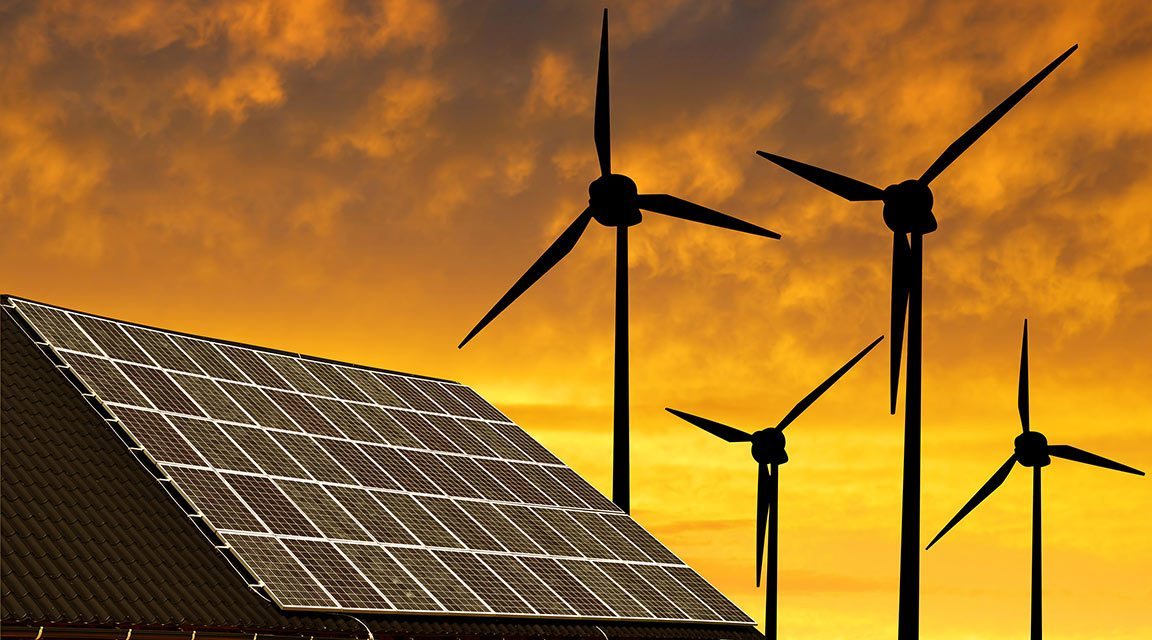

The region has been grappling with the challenge of attracting foreign funding for its infrastructure projects ever since oil prices fell in late 2014.
With oil prices remaining stubbornly low, government spending on infrastructure remains constrained.
This means new sources of funding are imperative if the region’s infrastructure is to keep pace with population growth. The progress has been patchy at best.
Much faith has been placed in the public-private partnership (PPP) model and although there have been some successes in the power sector, for the most part governments are still establishing legal frameworks and only making tentative progress on a handful of pathfinder projects, including four airports in Saudi Arabia and a car park in Dubai.
Renewable energy projects have bucked this regional trend. Since 2014, the GCC has become a hotspot for solar projects with world-record-low tariffs consistently being set as technology and finance become cheaper. Today, solar tariffs are cheaper than those for traditional power plants.
Economic viability combined with the altruistic nature of renewable energy makes the sector attractive to international financial institutions. This was confirmed in late March when Japan’s SoftBank signed an agreement with Riyadh to develop 200GW of solar energy throughout Saudi Arabia as part of a programme that will require up to $200bn investment.
The deal also proves funding is available for the right project. The challenge is making other sectors as attractive to international investors as renewable energy.
You might also like...

Saudi Arabia seeks K9 PPP project interest
25 April 2024

Kuwait reviews 1.1GW solar prequalifications
25 April 2024

LIVE WEBINAR: Abu Dhabi Oil & Gas 2024
25 April 2024

Qiddiya tenders site office package
25 April 2024
A MEED Subscription...
Subscribe or upgrade your current MEED.com package to support your strategic planning with the MENA region’s best source of business information. Proceed to our online shop below to find out more about the features in each package.








